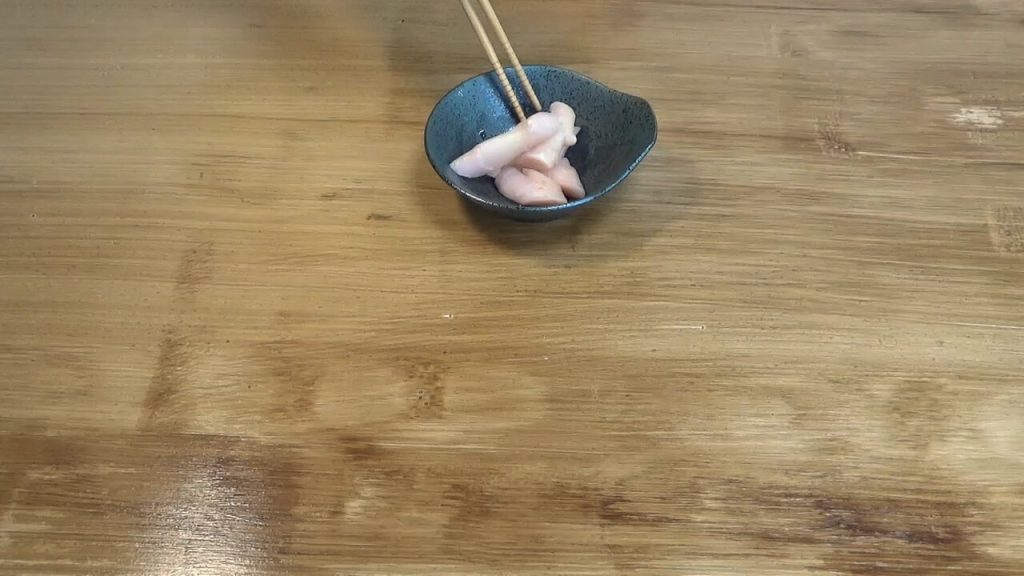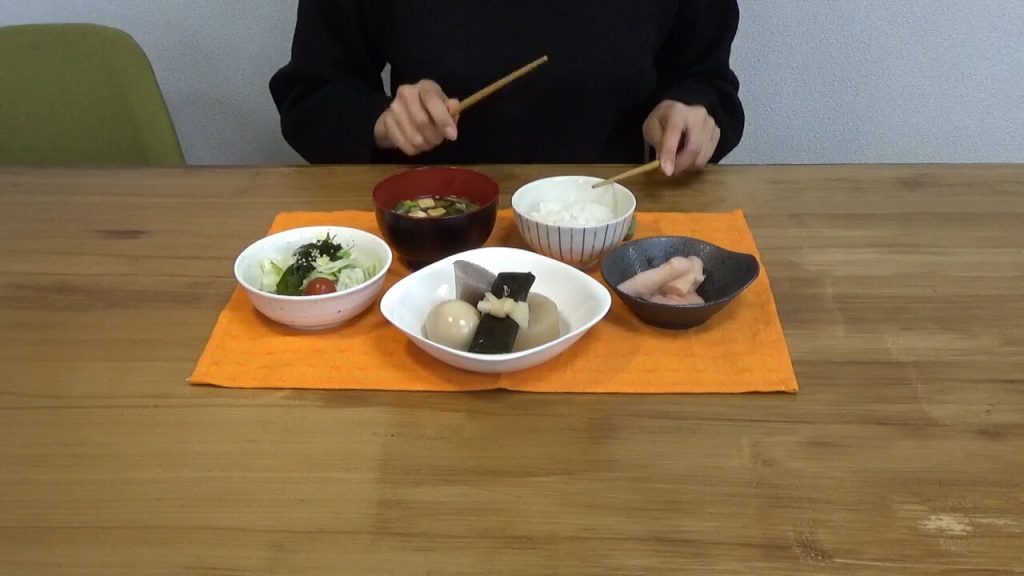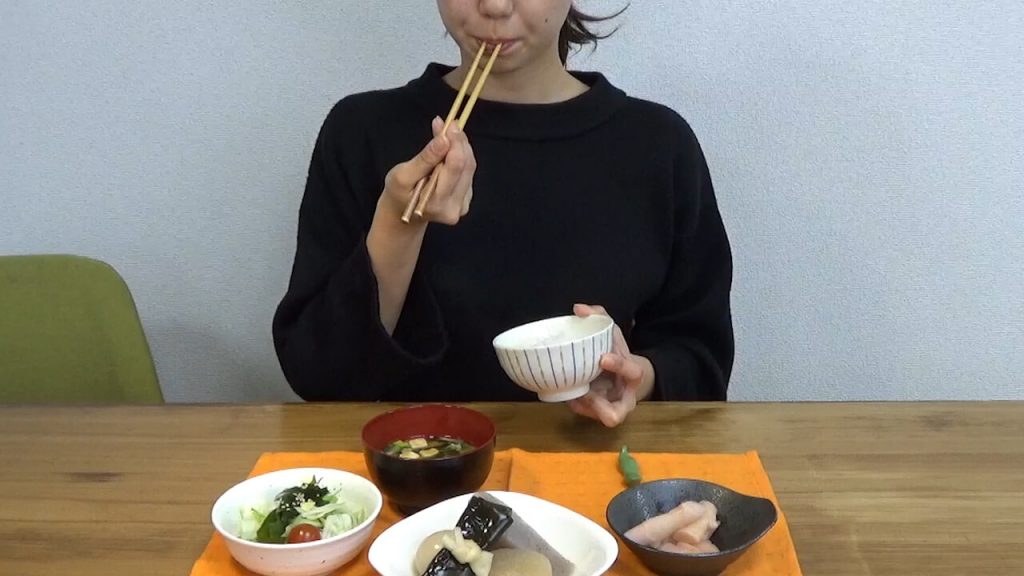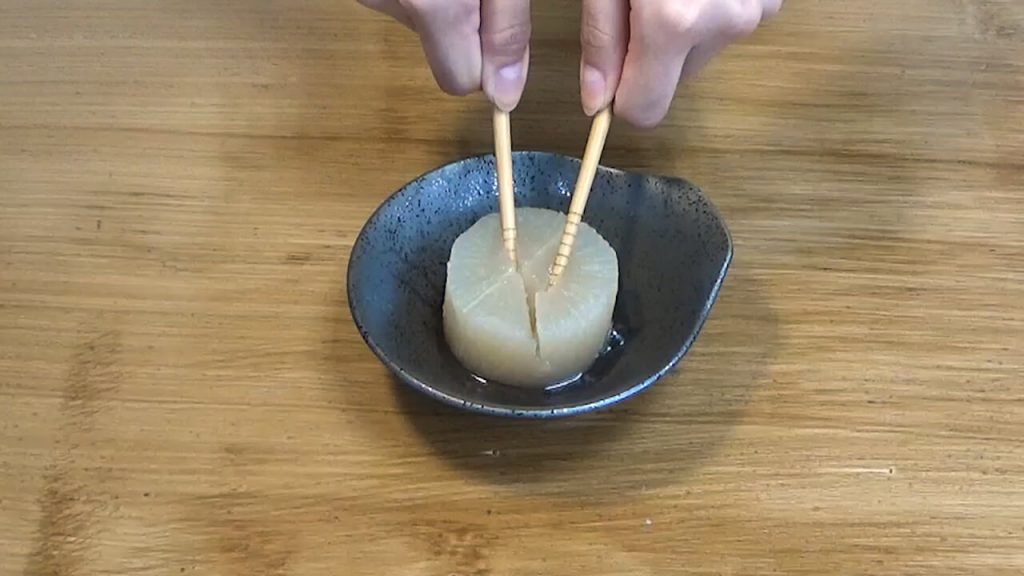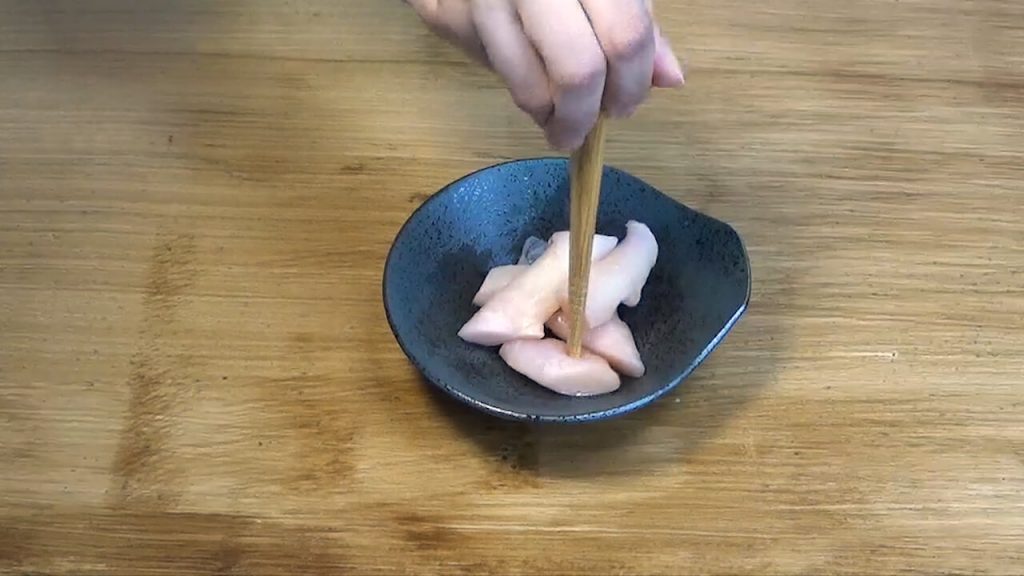
How NOT to Use Chopsticks in Japan
Here is some information on what not to do with your chopsticks in Japan. If you know the proper manners and what is poor etiquette, you can have a relaxed meal without potentially offending anyone. Please check this out if you come to Japan.
This post may contain affiliate links. If you buy through them, we may earn a commission at no additional cost to you.
The following is the explanation of the video with images and texts. It gives you further information that was not mentioned in the video about the reasoning behind why you cannot do certain things.
Mayoibashi

This is when you move your chopsticks over the bowls as you try to figure out what to eat.
Traditional Japanese cuisine is served with lots of small dishes, and moving your chopsticks back and forth over the bowls is unsightly. Also, the tip of your chopsticks might drip over the bowls that everyone eats from, so that is also taken in consideration as poor etiquette.
Yosebashi
This refers to the action of pulling or moving your bowls using your chopsticks.
This is just an unseemly thing to do and is a sign of poor manners. Please move your dishes using your hands.
Tatakibashi
This is the act of making sounds by hitting your bowls or plates with chopsticks.
This is also simply improper and shows bad manners, but it's said that the impropriety comes from the belief that "if you hit your bowl, it will summon an evil spirit."
Watashibashi
This is the act of laying your chopsticks over the edges of a bowl or plate.
This is improper etiquette because it's rude to show the dirty ends of your chopsticks to other people. Also, since it crosses over the food in the plate, it's said to be disrespectful towards the food that was made with love.
Saguribashi
This is when you search for a piece of food within the bowl using your chopsticks.
Washoku (traditional Japanese food) is said to be a cuisine that's eaten with the eyes, so it's plated to look as delicious as possible. To search for something within the presentation is to wreck it, and that is why this is considered poor manners.
Neburibashi
This refers to licking the ends of your chopsticks.
This is a vulgar way to conduct yourself. Also, "kuwaebashi," the act of holding your chopsticks between your mouth, is also poor etiquette.
Tatebashi
This refers to standing your chopsticks straight up in rice.
Standing chopsticks straight up in rice is part of Buddhist funerals in a practice called "makura-gohan." The rice is placed at the head of the body. Doing tatebashi during a meal will remind people of funerals, which is why this is poor etiquette.
Chigiribashi
This is the act of using your chopsticks like a fork and knife to cut your food.
Separating your chopsticks by holding them with two hands and cutting your food is the opposite of how chopsticks should be used, so it's considered poor etiquette. If you simply cannot cut your food, please ask the restaurant staff for a knife and fork.
Sashibashi
This refers to stabbing your food with your chopsticks.
Stabbing your food is an act of rudeness towards the chef. Please properly hold your food between chopsticks.
Utsushibashi
This is when you pass food to someone else between chopsticks.
During Buddhist funerals, when the remains are gathered at the crematorium, they are passed from person to person using chopsticks this way. Just like tatebashi, please refrain from mannerisms that will remind people of funerals.
Namidabashi
This is the act of dripping liquid whether from the end of your chopsticks or from food held between your chopsticks.
This is simply because you'll dirty the table. After you eat from soup, please be sure to stop your chopsticks from dripping (but do not shake them).
There are many examples of poor chopstick etiquette in Japan, and here are some selections that are important for travelers to know. Japanese people make mistakes as well, but if you know this you'll be able to relax and enjoy a meal without potentially offending anyone, so please watch the video and make a note of what not to do!
The information in this article is accurate at the time of publication.

